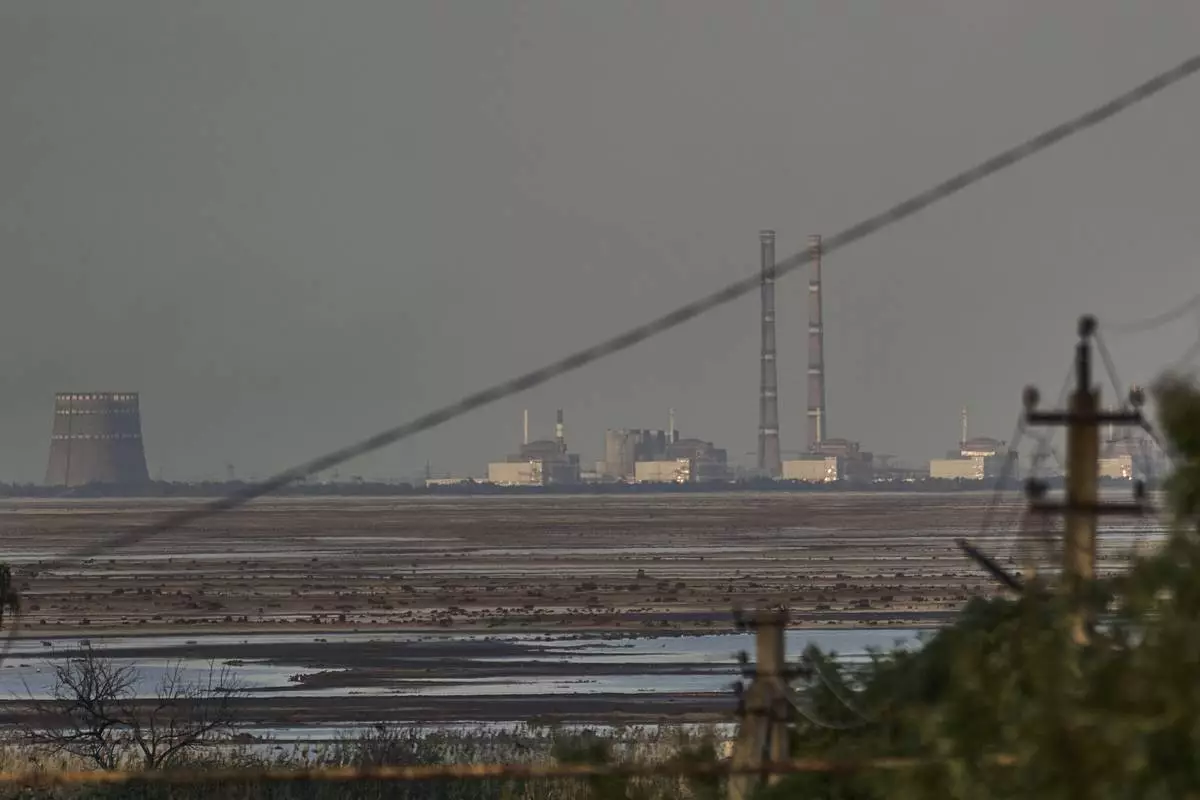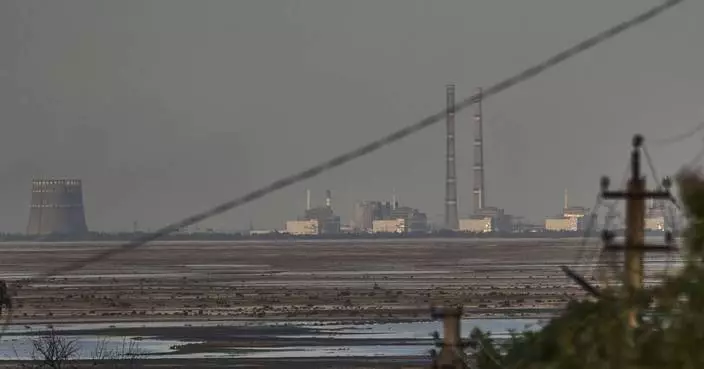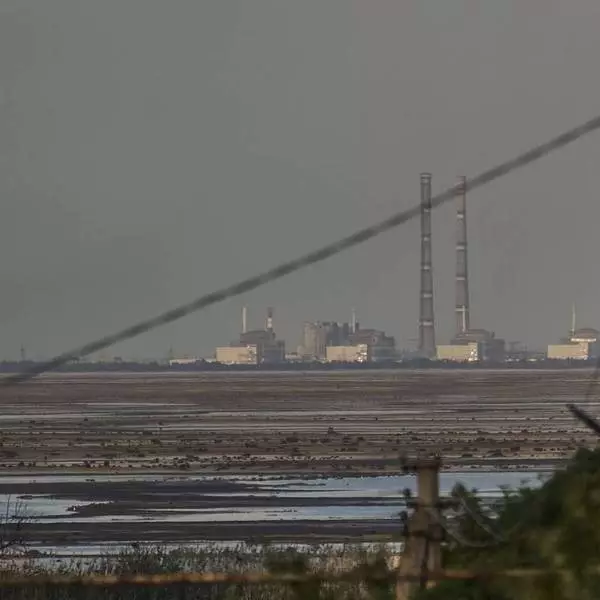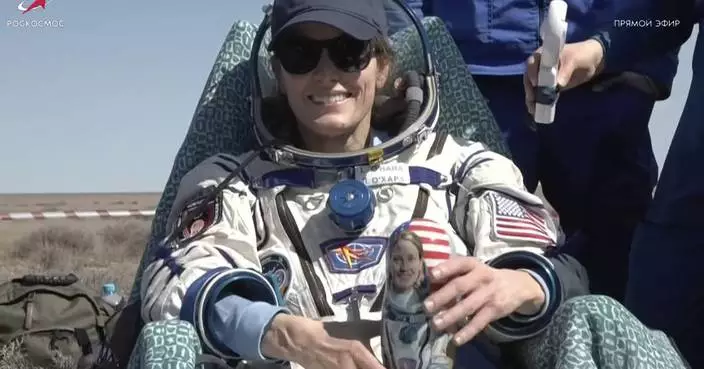Forty years after blasting off, Earth's most distant ambassadors — the twin Voyager spacecraft — are carrying sounds and music of our planet ever deeper into the cosmos.
Think of them as messages in bottles meant for anyone — or anything — out there.

FILE - In this Aug. 4, 1977 photo provided by NASA, the "Sounds of Earth" record is mounted on the Voyager 2 spacecraft in the Safe-1 Building at the Kennedy Space Center, Fla., prior to encapsulation in the protective shroud. Sunday, Aug. 20, 2017 marks the 40th anniversary of NASA's launch of Voyager 2, now almost 11 billion miles distant. (AP Photo/NASA)
This Sunday marks the 40th anniversary of NASA's launch of Voyager 2, now almost 11 billion miles distant. It departed from Cape Canaveral on Aug. 20, 1977 to explore Jupiter and Saturn.
Voyager 1 followed a few weeks later and is ahead of Voyager 2. It's humanity's farthest spacecraft at 13 billion miles away and is the world's only craft to reach interstellar space, the vast mostly emptiness between star systems. Voyager 2 is expected to cross that boundary during the next few years.
Each carries a 12-inch, gold-plated copper phonograph record (there were no CDs or MP3s back then) containing messages from Earth: Beethoven's Fifth, chirping crickets, a baby's cry, a kiss, wind and rain, a thunderous moon rocket launch, African pygmy songs, Solomon Island panpipes, a Peruvian wedding song and greetings in dozens of languages. There are also more than 100 electronic images on each record showing 20th-century life, traffic jams and all.

FILE - This undated image provided by NASA shows the cover of the 12-inch gold-plated copper disk that both Voyager spacecraft carry. The phonograph record contains sounds and images selected to portray the diversity of life and culture on Earth. (AP Photo/NASA)
NASA is marking the anniversary of its back-to-back Voyager launches with tweets, reminisces and still captivating photos of Jupiter, Saturn, Uranus and Neptune taken by the Voyagers from 1979 through the 1980s.
Public television is also paying tribute with a documentary, "The Farthest - Voyager in Space," airing Wednesday on PBS at 9 p.m. EDT.
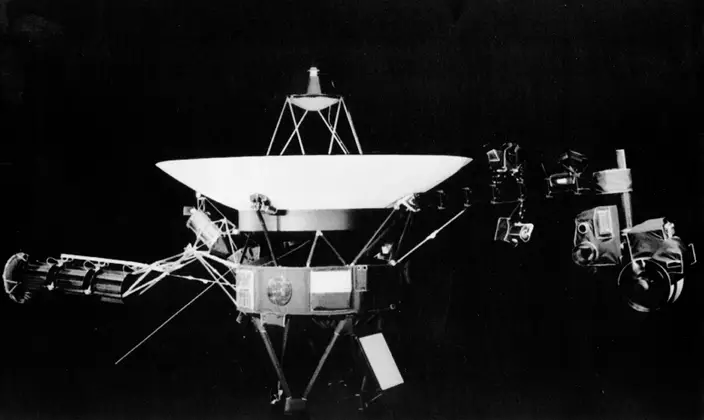
This undated photo provided by NASA's Jet Propulsion Lab showing the Voyager spacecraft in Passadena, Calif. On right side of the craft is girder-like boom which holds science project equipment and the imaging camera. Sunday, Aug. 20, 2017 marks the 40th anniversary of NASA's launch of Voyager 2, now almost 11 billion miles distant. (JPL/NASA via AP)
The two-hour documentary describes the tense and dramatic behind-the-scenes effort that culminated in the wildly successful missions to our solar system's outer planets and beyond. More than 20 team members are interviewed, many of them long retired. There's original TV footage throughout, including a lookback at the late astronomer Carl Sagan of the 1980 PBS series "Cosmos." It also includes an interview with Sagan's son, Nick, who at 6 years old provided the English message: "Hello from the children of Planet Earth."
Planetary scientist Carolyn Porco — who joined Voyager's imaging team in 1980 — puts the mission up there with man's first moon landing.
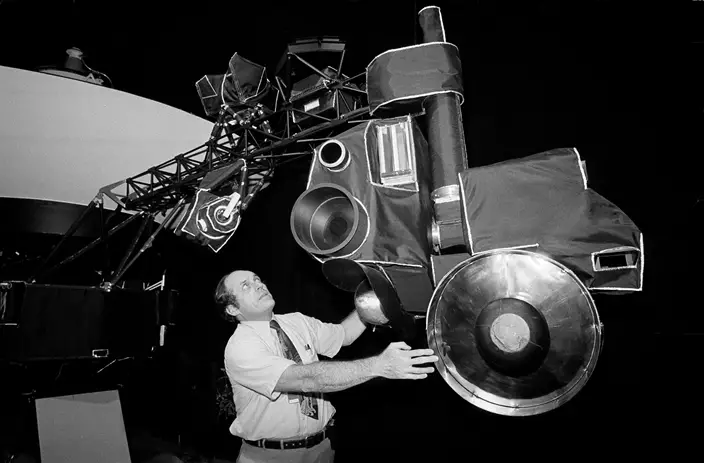
FILE - In this Aug. 26, 1981 file photo, Voyager 2 mission director Dick Laeser looks at a platform on the end of a boom on a mock-up of the Voyager spacecraft during a news briefing at the Jet Propulsion Lab in Pasadena, Calif. Sunday, Aug. 20, 2017 marks the 40th anniversary of NASA's launch of Voyager 2, now almost 11 billion miles distant. (AP Photo/Lennox McLendon)
"I consider Voyager to be the Apollo 11 of the planetary exploration program. It has that kind of iconic stature," Porco, a visiting scholar at the University of California, Berkeley, told The Associated Press on Thursday.
It was Sagan who, in large part, got a record aboard each Voyager. NASA was reluctant and did not want the records eclipsing the scientific goals. Sagan finally prevailed, but he and his fellow record promoters had less than two months to rustle everything up.
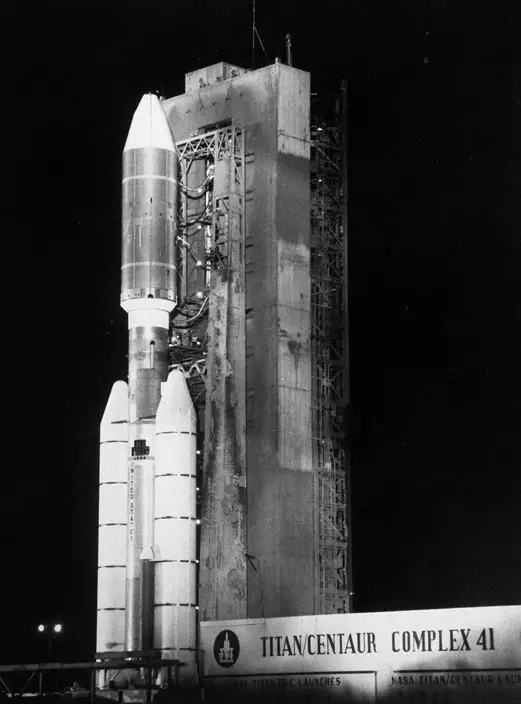
FILE - In this Aug. 20, 1977 photo provided by NASA, a Titan/Centaur 7 rocket stands ready at the launch pad with the 1,800-pound Voyager spacecraft at the Kennedy Space Center in Florida. The spacecraft departed from Cape Canaveral to explore Jupiter and Saturn. (AP Photo/NASA)
The identical records were the audio version of engraved plaques designed by Sagan and others for Pioneers 10 and 11, launched in 1972 and 1973.
The 55 greetings for the Voyager Golden Records were collected at Cornell University, where Sagan taught astronomy, and the United Nations in New York. The music production fell to science writer Timothy Ferris, a friend of Sagan living then in New York.
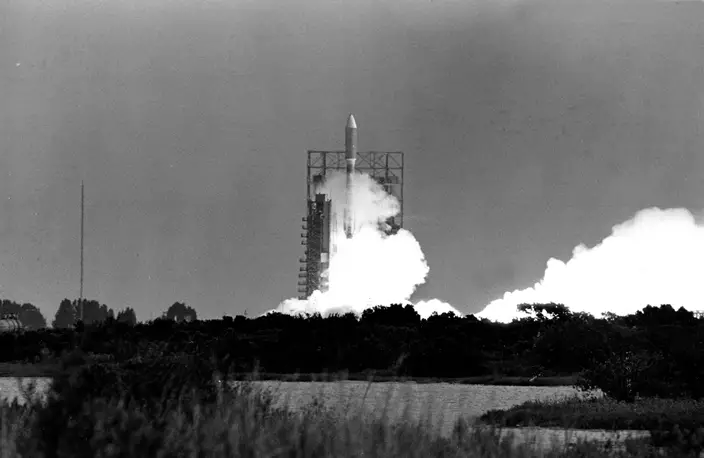
FILE - In this Saturday, Aug. 20, 1977 file photo, the Voyager 2 spacecraft, atop a Titan Centaur rocket, is launched from Cape Canaveral, Fla. The spacecraft will explore the outer planets Saturn and Jupiter. (AP Photo)
For the musical selections, Ferris and Sagan recruited friends along with a few professional musicians. They crammed in 90 minutes of music recorded at half-speed; otherwise it would have lasted just 45 minutes.
How to choose from an infinite number of melodies and melodious sounds representing all of Earth?
Beethoven, Bach and Mozart were easy picks. Louis Armstrong and His Hot Seven represented jazz, Blind Willie Johnson gospel blues.
For the rock 'n' roll single, the group selected Chuck Berry's 1958 hit "Johnny B. Goode." Bob Dylan was a close runner-up, and the Beatles also rated high. Elvis Presley's name came up (Presley died four days before Voyager 2's launch). In the end, Ferris thought "Johnny B. Goode" best represented the origins and creativity of rock 'n' roll.
Ferris still believes it's "a terrific record" and he has no "deep regrets" about the selections. Even the rejected tunes represented "beautiful materials."
"It's like handfuls of diamonds. If you're concerned that you didn't get the right handful or something, it's probably a neurotic problem rather than anything to do with the diamonds," Ferris told the AP earlier this week.
But he noted: "If I were going to start into regrets, I suppose not having Italian opera would be on that list."
The whole record project cost $30,000 or $35,000, to the best of Ferris' recollection.
NASA estimated the records would last 1 billion to 3 billion years or more — potentially outliving human civilization.
For Ferris, it's time more than distance that makes the whole idea of finders-keepers so incomprehensible.
A billion years from now, "Voyager could be captured by an advanced civilization of beings that don't exist yet ... It's literally imponderable what will happen to the Voyagers," he said.



